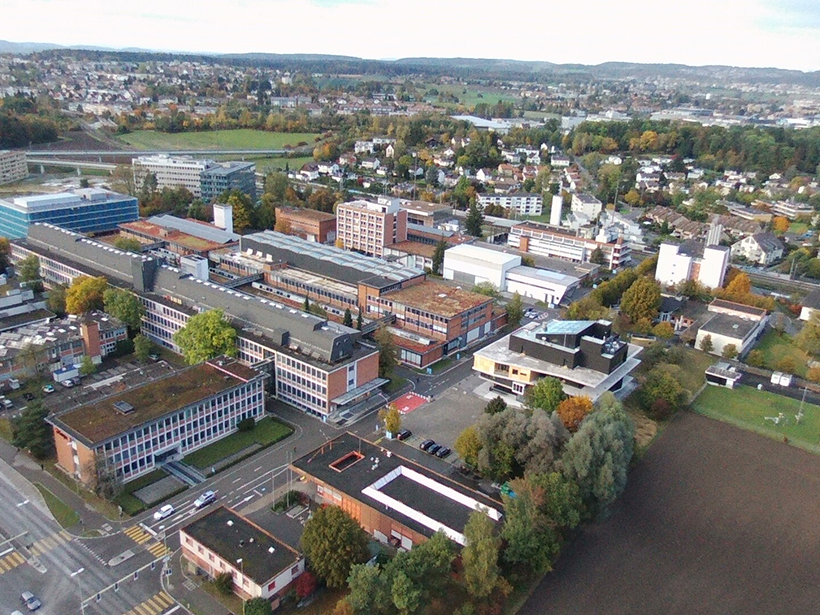Source: Journal of Geophysical Research: Atmospheres
Nitrous oxide is a powerful greenhouse gas, with nearly 300 times the global warming potential of carbon dioxide. Some sources of nitrous oxide are natural, but several human activities, including fossil fuel combustion and agricultural fertilization, lead to the unintended release of the gas. New research by Harris et al. could help improve efforts to track nitrous oxide sources both locally and worldwide.
The researchers present a novel way to monitor the isotopic composition of nitrous oxide. Isotopic composition has the potential to serve as a detailed fingerprint that indicates the sources of the gas, and precise monitoring of sources could aid efforts to mitigate rising nitrous oxide levels.
The team used a technique called quantum cascade laser absorption spectroscopy (QCLAS) to monitor the isotopic composition of nitrous oxide in air samples from a suburban site in Dübendorf, Switzerland, over the course of a year and a half. This marked the first long-term measurement of on-site atmospheric nitrous oxide isotopic composition using QCLAS rather than traditional isotope ratio mass spectrometry (IRMS).
QCLAS measurements revealed several categories of anthropogenic sources for nitrous oxide at the site over time, including agriculture and industry. On the basis of repeatability measurements, the scientists showed that QCLAS was as reliable as—or better than—standard IRMS for measuring nitrous oxide isotopic composition.
For each source category, variability of the isotopic composition measurements was unexpectedly high and did not agree well with values predicted by emissions dispersion modeling using source signatures estimated from existing literature. The results suggest that existing literature data significantly underestimate the actual variability of source isotopic signatures.
The authors say that many more direct measurements of the isotopic composition of nitrous oxide from different sources are needed to track the relative contributions of different sources at the regional scale. A better understanding of the factors that affect source signatures and contribute to their variability is also needed. QCLAS could aid these measurements, as atmospheric nitrous oxide levels continue to rise in coming years. (Journal of Geophysical Research: Atmospheres, https://doi.org/10.1002/2016JD025906, 2017)
—Sarah Stanley, Freelance Writer
Citation:
Stanley, S. (2017), New technique could help scientists track nitrous oxide sources, Eos, 98, https://doi.org/10.1029/2017EO077109. Published on 12 July 2017.
Text © 2017. The authors. CC BY-NC-ND 3.0
Except where otherwise noted, images are subject to copyright. Any reuse without express permission from the copyright owner is prohibited.

